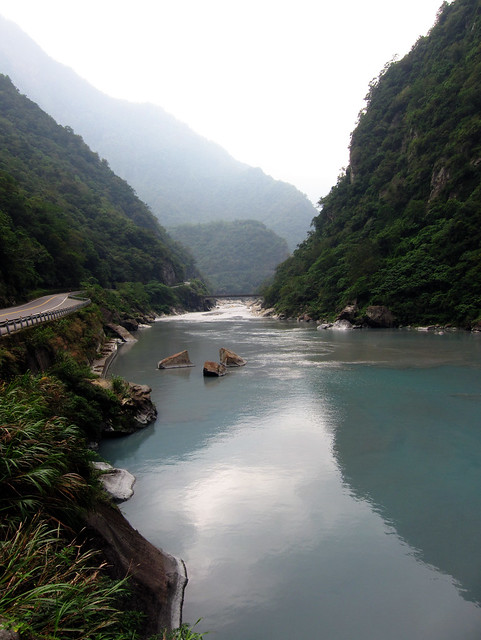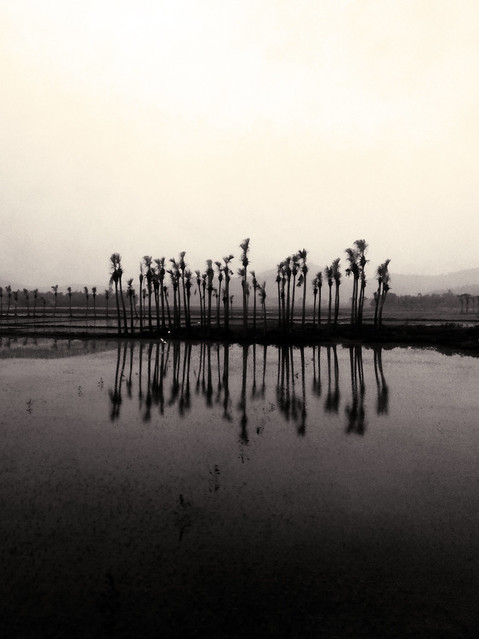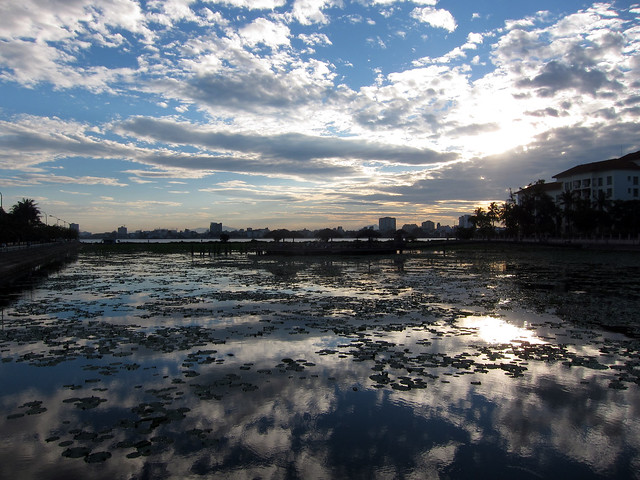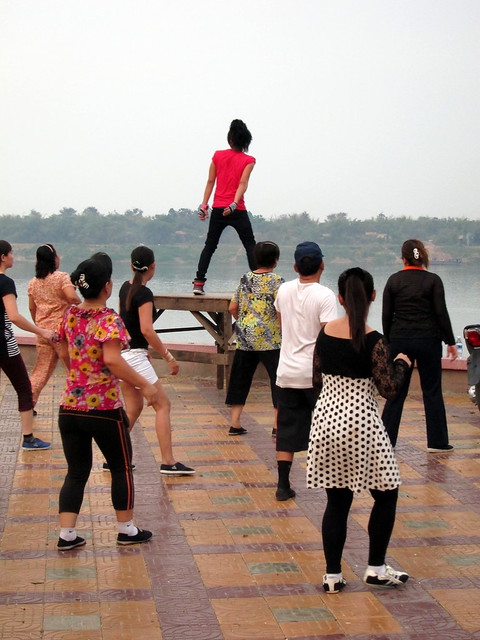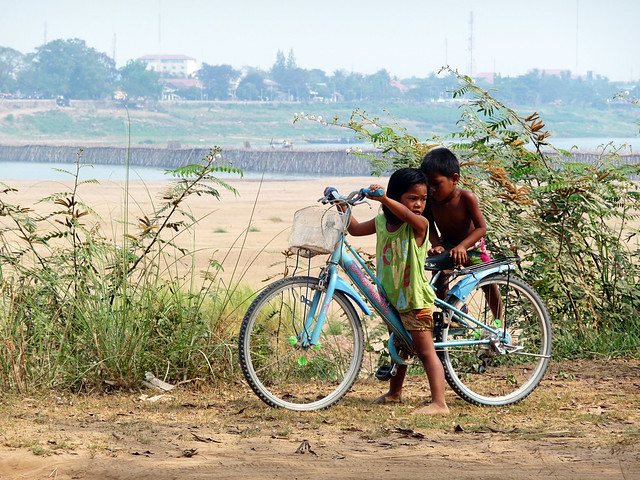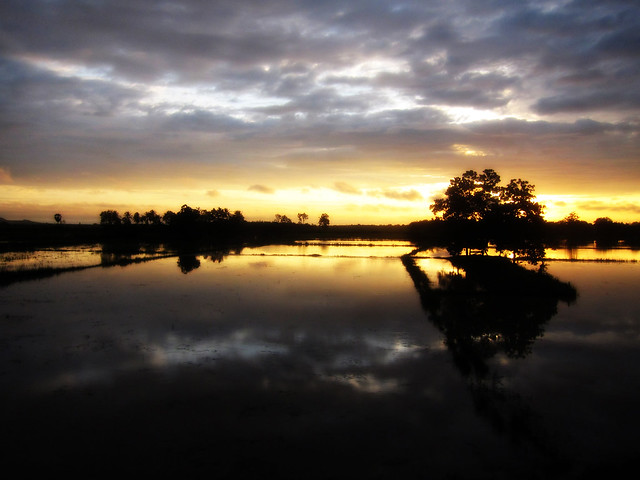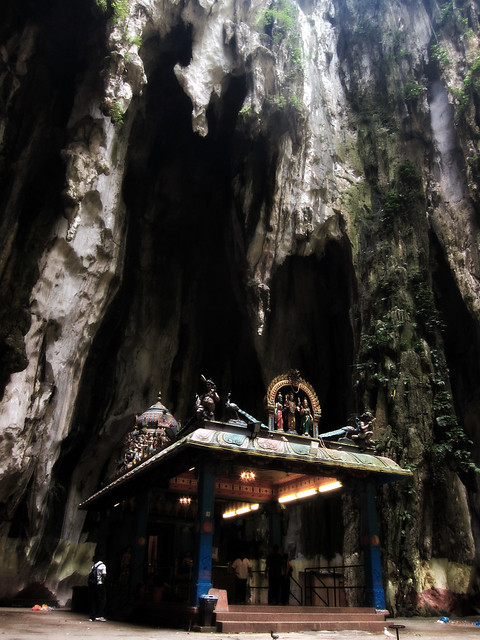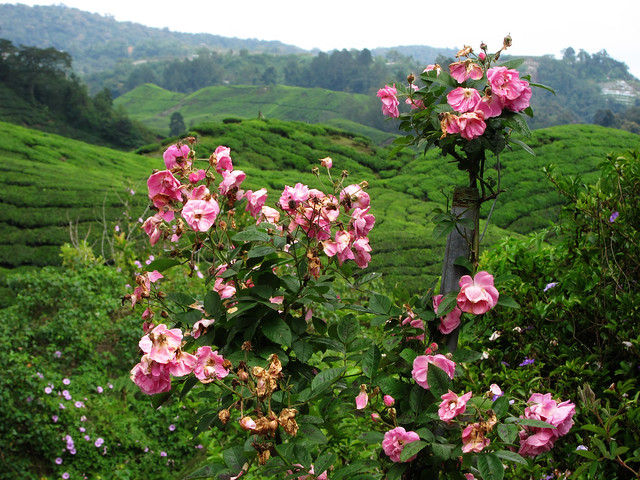asia
As Marisa and I prepare to head to Europe, I thought I’d take a moment to share some of our favorite snapshots from Asia:
Taroko Gorge, Taiwan.
Kaohsiung Harbor, Taiwan.
Chaishan, Taiwan.
West Lake, Hanoi, Vietnam.
Shot from the train between Ninh Binh and Hue, Vietnam.
West Lake, Hanoi, Vietnam.
Kompong Cham, Cambodia.
Angkor Wat, Cambodia.
Kompong Cham, Cambodia.
Southern Thailand at sunrise.
Batu Caves, Malaysia.
Cameron Highlands, Malaysia.
Kek Lok Si Temple, Malaysia.
More:
I was reminded of the importance of balancing context with immediacy today, as I observed a child observing Ranbir Kaleka's multimedia installation, "He Was a Good Man." The piece itself is a fascinating one, if a bit slow-paced: we see an oil painting of a man in the foreground, intently focused on threading a needle… gradually, the painting comes to life: the man's image takes on warm tones, and we see that he is breathing; likewise, the background starts to shift, and change, revealing images from the man's youth; wait long enough, and you see the scene become a painting once again… curtains are drawn back, and shadows of observers come and go; from the background, a voice: "he was a good man." It is a subtle piece, interesting precisely for its slow pace and quiet rhythm; for its self-awareness, and its multidimensional treatment of life and art and observation.
Anyway, this child in front of me lost interest in the work "proper" somewhere between the original painting and its coming to life… whether he would have been inspired by the final act with the shadow observers is anyone's guess (though I have my doubts). He watched the image for a while, then took from his pocket a piece of transparent plastic (a magnifying lens, supplied by the museum to help with reading their miniature brochures), and walked as close to the needle threading man as he could get… lifting the plastic, he turned it this way and that, so that it refracted the light from a distant ceiling and sent it scattering across the virtual painting. He smiled, gave the plastic a few more twists, then put it back in his pocket and went sidling off to the next exhibit. His experience of the piece was different than mine; for him, the context of the work was immaterial… even its content was largely irrelevant: it was his very individual interaction with it that mattered. For me, on the other hand, context is paramount… which, I suppose, is why I'm in Taiwan to begin with.
People ask me why I can't make games about distant places from the comfort of my living room… why I need to actually travel to make games about Taiwan, or Laos, or Vietnam. As I sit here in a cramped hostel room that looks more like a dungeon cell than a livable space, my few pieces of clothing hung up to dry after a spill in the mud, I'm asking myself the same question… certainly my living room (if I had one) would be more comfortable to inhabit… certainly a desktop computer and consistent access to an internet connection (to say nothing of power outlets) would be more practical and efficient for coding games… certainly a larger wardrobe (and washing machine) would be great for when I fall in the mud. But the enterprise would be lacking context. When I can look out the window and see Taiwan, I feel Taiwan. Which is not to say that I have any illusions of knowing the place in a deep kind of way—I'm a passerby, not a resident with roots and connection—but the sense of context I get from being here is still powerful for its ability to drive and and inspire me… in that way, I suppose, its completely subjective. I don't know if I could make good games about Taiwan from a living room in Korea or the USA, and I don't know if I will make good games about it while I'm here; what I do know is that I lacked the energy or desire to start in on creating anything about the place before I got here… and now that I've arrived, I'm engaged in a way that I wasn't before. Seeing the people, hearing the language, smelling the air, getting lost in back alleys… all of it makes Taiwan feel real and three-dimensional to me in a way that paper and celluloid alone cannot. I lust for context.
Which is why I was at Taipei's Museum of Contemporary Art today. And why this post is ironic. Because I went to the museum to see contemporary art by contemporary Taiwanese, only to find that it has no permanent collection, and is currently showcasing the work of contemporary Indian artists in a collection of exhibits called "Finding India." Which is where Ranbir Kaleka and my young light-scattering friend come in. I struggled at first to find meaning and connection as I wandered through rooms full of works by Anirban Mitra, Nalini Malani, and their peers… why was I here viewing Indian artwork on one of the five days I have to explore Taipei? How was this helping me to understand or appreciate Taiwan? It's one thing to view art from India when it comes to your homeland, but how does one process art from another country, while traveling in a third?
Colors and images, names and titles passed by, and none of it meant much to me—until I saw the light scatter from my young friend's magnifying lens, and saw the look of joy on his face as he reexamined the image in front of him: the old man threading his needle, now in a shower of light. It struck me then that my preoccupation with context was doing me a great disservice… that I might be in Taiwan, but here was my chance to learn something about India, about a few of the artists who live there and what they want to express. This boy with his plastic had been getting more out of the artworks than I had, until I was able to shelve my desire for context for a while, and take in the displays on their own terms. The context of the pieces was still more important to me than it was to that boy—in terms of their Indian origin, and the artists who created them—but I was able to set aside what was for me the incoherence of experiencing those pieces while traveling in Taipei.
At the end of the day Marisa and I ended up "finding India" for over three hours, and I'm very glad we did. Later we took a packed MRT to Shinlin Night Market in order to continue finding Taiwan…




